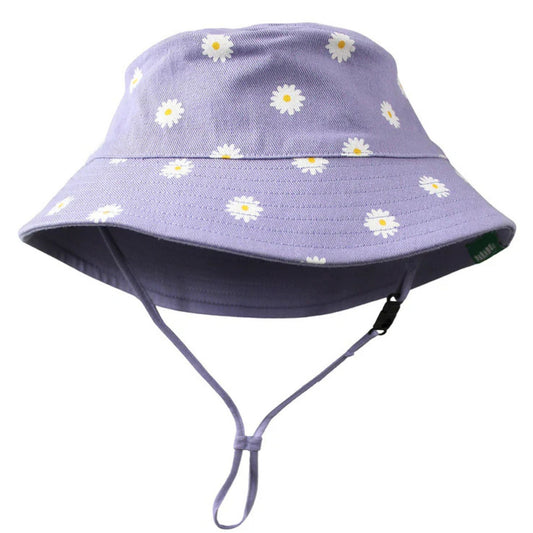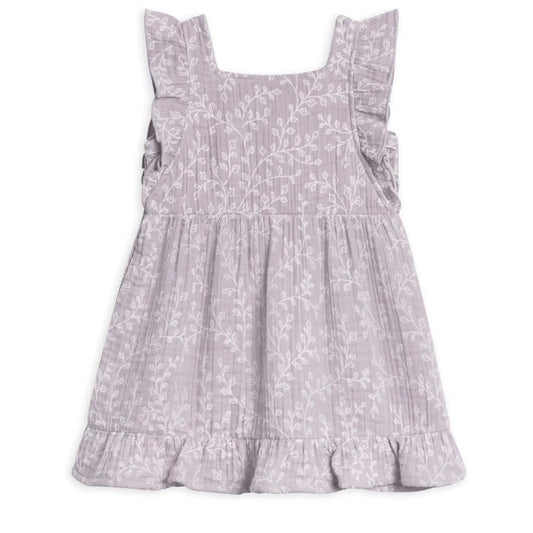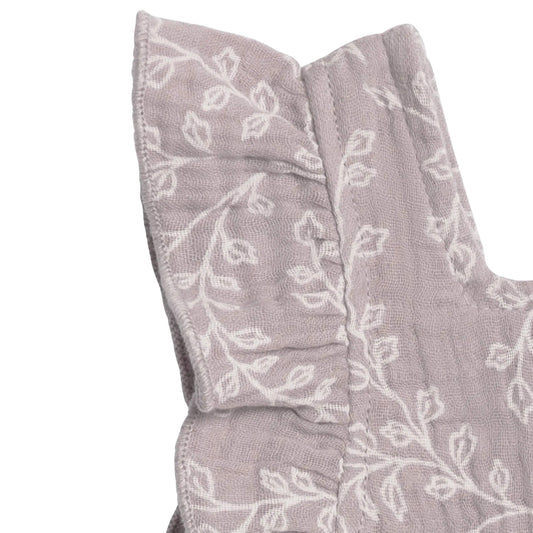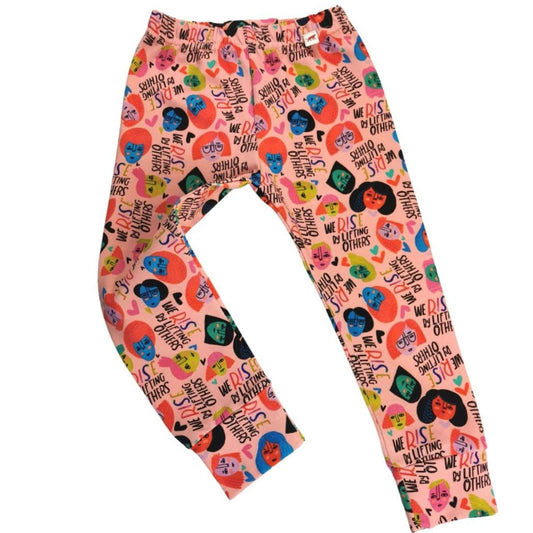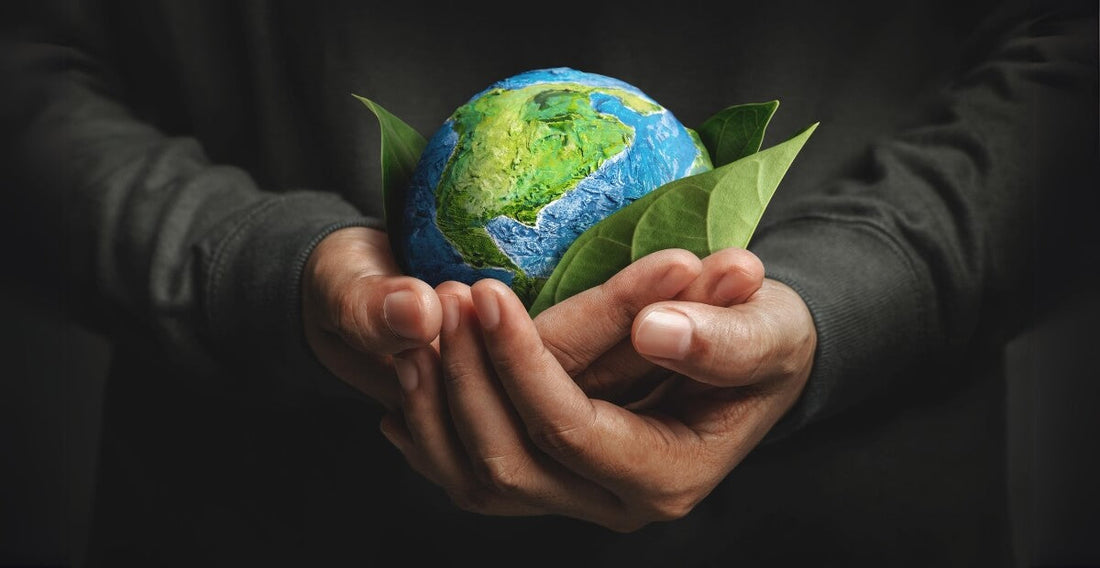
Earth Day 2024: The Environmental Impact of Fast Fashion and How to Make a Change
Share
An in-depth overview of the health impacts of fast fashion to our bodies and planet.
Earth Day is among us again, taking place on Monday, April 22, 2024. This year’s Earth Day theme is “Planet vs. Plastics,” a campaign to build awareness about the health dangers of plastic to both people and our planet as well as advocate to end fast fashion, which is an industry driven by plastic-based, fossil-fuel intensive fabrics, including nylon, polyester, and rayon.
As a reminder, fossil fuels like coal, oil, and gas are the biggest contributors of global warming and climate change on planet Earth, accounting for over 75 percent of global greenhouse gas emissions and almost 90 percent of all carbon dioxide emissions. Greenhouse gas emissions blanket the Earth and trap the sun's heat in our atmosphere.
To help you understand why and how fast fashion is not sustainable, where we are headed via our current rate of consumption, and what you can do to make healthier choices in your clothing, below is an in-depth overview by the team at Young Eden, a sustainable fashion marketplace.

Why Isn't Fast Fashion Sustainable?
To oversimplify why fast fashion is not sustainable, what you need to know is that there are essentially two major problems driving the industry’s annual 10 percent (or roughly 4 billion tons) of greenhouse gas emissions (GHGs)– which are heating up our planet and impairing the environment we rely on for survival as a species. They are: overconsumption and pollution.
What to Know About Fast Fashion Overconsumption
The overconsumption problem exists because too much clothing is being produced globally. Fast fashion brands are pumping out more clothes (about 40% more) than anyone can buy or ever wear, in order to drive more profit growth. These companies encourage the average consumer to buy more clothing to follow new and temporary fashion trends. On average, 3 out 5 of clothing items owned (or 92 million tons of clothing waste per year) end up in landfills, where they release methane-based greenhouse gas emissions as they degrade – a gas that is 28 times more powerful than carbon dioxide.
Fast fashion fabrics sourced from wildlife, for example cow leather, sheep wool, and goat cashmere are also drivers of overconsumption as they require more land to house the livestock, causing tree deforestation and grassland degradation, overconsumption of water and energy, while also producing increased levels of methane and carbon dioxide– primarily from the livestock’s manure waste.
What to Know About Fast Fashion Pollution
The pollution problem exists because of the processes and chemicals used in actually creating fast fashion clothing. Synthetic fabrics like nylon, polyester, and rayon are cheaper for fast fashion brands to source and sell to maximize profit growth, however they require more energy, fossil fuels, and chemicals to make the products.
These chemicals, for example, sodium hydroxide and carbon disulfide that are used to soften wood pulp into fabric and the toxic dyes used to color the popular fabric of denim, are continuously pumped into our air, water, and land. The high amounts of energy required for spinning, weaving, and finishing the enormous amounts of fast fashion clothes being produced (due to overconsumption) stem primarily from fossil fuels like oil and gas that pollute the air and generate GHGs. Learn more about the best and worst fabrics for the environment.

What are the Health Effects of Fast Fashion?
Research has shown that fast fashion clothing fabrics, including nylon and polyester, shed up to 500,000 tons of microplastics globally per year in the average washing machine cycle at home. These microplastics are then flushed into the sewers, the oceans and freshwaters, and are ingested by sea life that humans later eat as food. Research shows that when humans consume microplastics via our food and water supply, the particles (which are endocrine disruptors) have an effect of mimicking estrogen in our bodies. According to the U.S. Environmental Protection Agency, effects of endocrine disruptors can cause interference with reproduction, increased cancer risk, and disturbances in the immune and nervous system function.
According to research by the nonprofit organization Fashion FWD, toxic chemicals like APEOS, phthalates, and PFAs are synthetic chemicals used in fast fashion that have been proven to be carcinogenic and hazardous to human health, being linked to ADHD, asthma, diabetes, and breast cancer, along with a number of reproductive issues. However, phthalates pose the most risk to babies and children who may put their contaminated clothing in their mouths. Recent research by the Environmental Working Group has also found PFAs to be present in popular baby clothing brands and everyday wear.
Babies (and some adults) have naturally sensitive skin that is also prone to rashes, irritation, eczema and other skin problems from chemical rich synthetic fabrics sold in fast fashion (i.e. nylon, polyester, rayon).
Conventional cotton is a fast fashion fabric using toxic pesticides and overconsumption of water to grow and produce. Bamboo viscose and bamboo rayon are both fast fashion fabrics that are highly greenwashed, or marketed as being eco-friendly when they are not, and require highly toxic chemicals to soften its naturally sourced wood pulp into fabric.
Through their production processes, both of these fabric sources, even though they are naturally grown from the Earth, poison the land, air and water surrounding farmers and their communities, as well as kill essential organisms like bees and insects that are essential to growing our global food supply.
Where We are Headed: The Big Picture
Fast fashion is only one of several industries that are at the root of our unsustainable lifestyles. The highest producing, number one agricultural industry contributor of global carbon emissions are cattle, which are primarily fueling beef production for food consumption. Our reliance on the natural world to mass produce goods that fuel our economy and GDP growth across countries have become so enormous that it’s estimated we would need 1.7 Earths to make our current consumption levels sustainable.
On a planetary scale, exceeding the capacity of the environment is known as ecological overshoot, which is unable to continue indefinitely due to finite resources available.
Overshoot is the systemic cause of our global symptoms of changing environment and climate, habitat destruction and the extinction of countless species, the melting of Arctic ice in the next decade, and the Amazon Rainforest being on the verge of collapse.
The natural resources we rely on to drive global economic growth will ultimately be responsible for slowing our economy down when we run out of the materials needed for it to continue. Economic growth is, of course, necessary for our governments to provide the public goods and services like infrastructure, healthcare, education, and defense. On the current trajectory, experts warn that our world is headed toward economic and social collapse. All we can do is be aware and change our lifestyle to incorporate more sustainable living practices, demand and support global economic growth from sustainable resources and carbon neutral businesses.

How to Shop Sustainable Fashion
There are two main ways you can make healthier fashion choices and be kinder to the planet in your daily life. The first way is to change the way you shop for clothing to incorporate more organic fabric in your wardrobe – these are nontoxic, naturally grown, and biodegradable fabrics made from renewable resources (i.e. plants and trees) treated without synthetic chemicals, to end our reliance on fossil fuels and plastic-based synthetic fabrics that will not biodegrade for hundreds of years.
Look for the gold standards of fashion sustainability which are organic cotton, hemp, linen or lyocell fabric ingredients in your clothes before you buy them, and check for labels like GOTS, OEKO-Tex, and Fairtrade to ensure their authenticity.
The second way to shop sustainable fashion is by incorporating any recycled fabrics into your wardrobe – those that are synthetic, non-biodegradable fabrics like polyester and nylon, even when recycled, are still shedding microplastics into our environment and are not as sustainable as organic fabrics, however they help solve the overconsumption problem by supporting more circular fashion consumption instead of single use ending up in landfills.
Additionally, shop thrift and second hand where you can to get more life out of clothing and find ways to recycle your old clothing instead of throwing it away. Try not to wash your clothes if they’ve only been worn once.
And above all, remember that we don’t need a handful of people living perfect, 100% sustainable lives – we need billions of people living imperfect, somewhat sustainable lives. If it’s not you, then who? If it’s not now, then when?
Read more articles like this on Sustainability Matters at Young Eden, the planet-friendly children's fashion marketplace that exclusively sells organic and sustainable fashion for your baby, toddler and kid. Learn why organic cotton is best for your child, and the Earth too.




